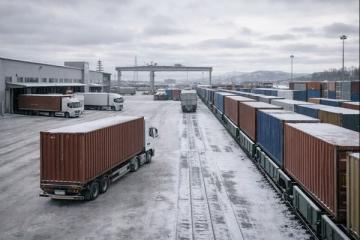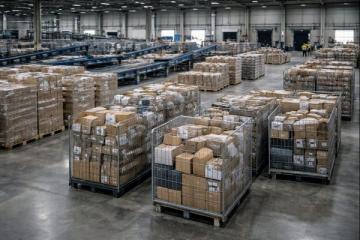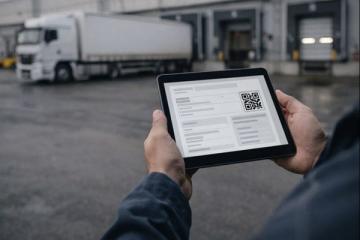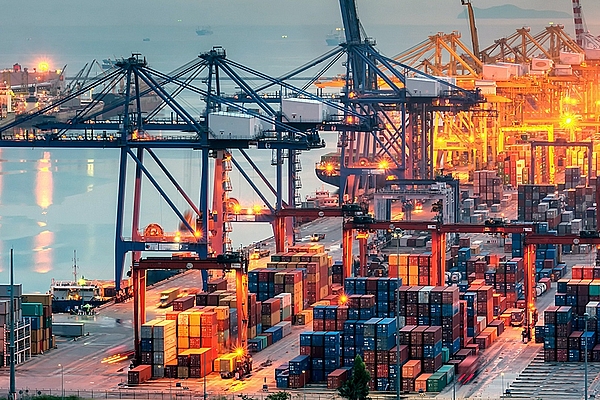
This year’s summer peak season cargo surge will be even more chaotic for global supply chains than the 2021 peak shipping season, according to forwarders, traders and shippers surveyed by Container xChange, a marketplace and technology infrastructure provider for container logistics companies. The survey was positioned to approximately 200 players from the container logistics industry.
The latest Container xChange survey titled ‘xChange Industry Pulse Survey’ found that 51% of respondents expect the 2022 iteration of the peak season to be “worse” than last year. 26% predicted this year’s peak season would be less chaotic than in 2021, while 22% expect the level of “chaos” to be the same.
The peak container shipping season traditionally occurs in the third quarter of each year as retailers build up inventories ahead of the fourth quarter holiday and shopping season. Last year, cargo surges resulted in record container shipping freight rates, delivery delays, port congestion, and reliability of container shipping services.
In terms of container sourcing strategy in 2022 when compared to pre-pandemic times, 56% said they had been “growing networks”, 38% said they had agreed to “long-term contracts” and 25% said they had followed a “multi-tender strategy” (Figure 1).
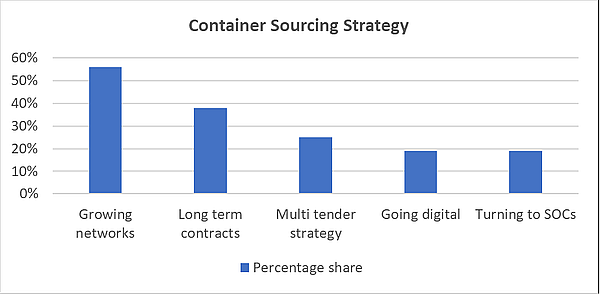
Figure 1/ What has been your container sourcing strategy in 2022, how is it different from pre-pandemic times (Multiple choice question)
37.5% of respondents said they were ensuring clients received enough inventory by “shipping early” in 2022. 25% were “using alternative shipment routes” and 18.8% were contracting long-term slot agreements with carriers.
Surprisingly, 62.5% said they were still relying on the spot market or doing nothing specific to ensure shipments reach clients.
Covid lockdowns in China weigh heavily on trade
58% of respondents also reported that Covid lockdowns in China had made it “hard to produce/ship as much product as planned”, suggesting that cargo backlogs and unsatisfied demand are building as China’s zero-Covid strategy limits exports to Europe and the US.
“Predicting exactly what will happen in this year’s peak season is harder than normal because there are so many contradictory signs and intangibles,” said Christian Roeloffs, co-Founder and CEO, of Container xChange.
“In terms of the supply of cargo, we’ve seen that Chinese Covid-19 lockdowns have affected the availability of cargo for export to key markets in Europe and North America. One big question is whether China is going to sacrifice its zero Covid-19 policy to get trade and its economy moving again.
“If it does, then there’s every sign that we’ll see a substantial surge as backlogs of exports is shipped. If lockdown rules are relaxed soon and truckers are allowed to get back to work, then those backlogs will be arriving at the same time as peak season orders which could cause a lot of supply chain blockages at ports in Europe and the US where congestion is already widespread.
“However, there are very few indicators so far that President Xi is willing to compromise health policy to boost trade. Indeed, it might not be politically expedient for him to do so with the Communist Party National Congress set for later this year when he is expected to be endorsed for a third term.
The container shipping demand conundrum
“The other side of this coin is demand, of course. Whether it is GDP forecasts, Purchasing Managers' Index (PMI) numbers, rising inflation or consumer confidence, multiple metrics suggest demand could be deflating. So that could help offset any sudden rush of cargo from China, especially when there are also signs that consumers are spending more on services instead of products.”
Elsewhere in the survey, top challenges identified by respondents aside from China’s ongoing lockdowns were container availability, depots being full, inflation, the Russia/Ukraine crisis and rising prices.


